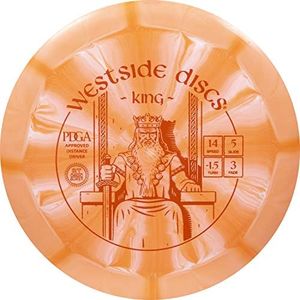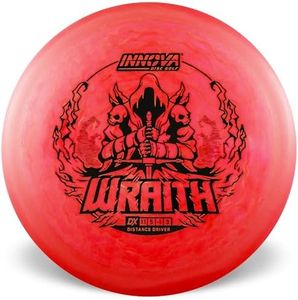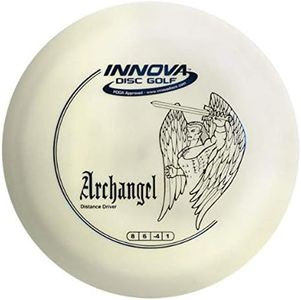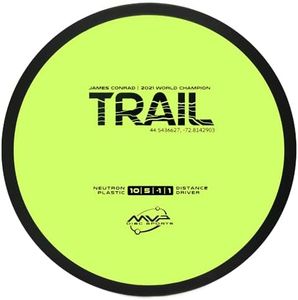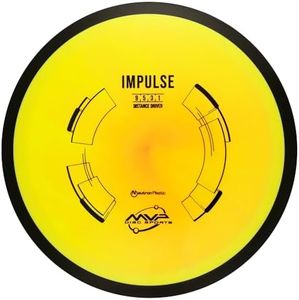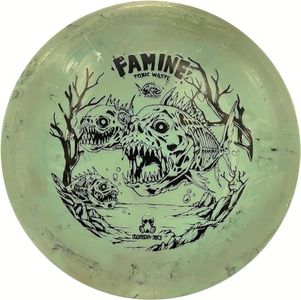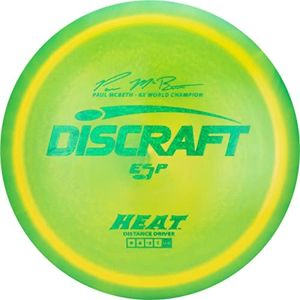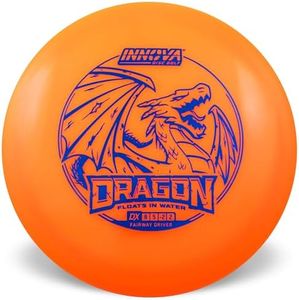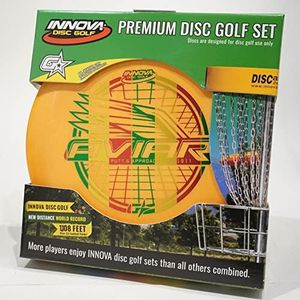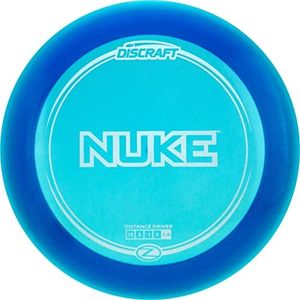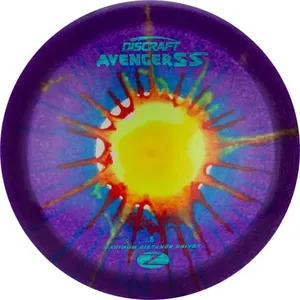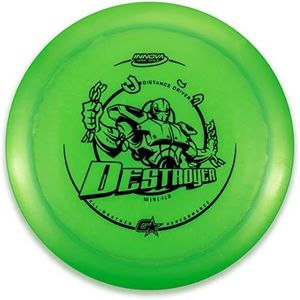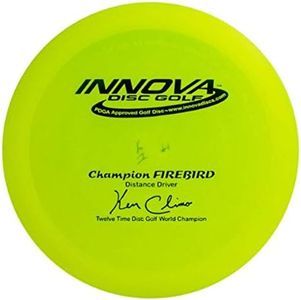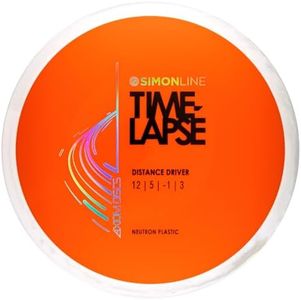We Use CookiesWe use cookies to enhance the security, performance,
functionality and for analytical and promotional activities. By continuing to browse this site you
are agreeing to our privacy policy
10 Best Disc Golf Drivers
From leading brands and best sellers available on the web.By clicking on a link to a third party's website, log data is shared with that third party.
Buying Guide for the Best Disc Golf Drivers
Choosing the right disc golf driver is an important step towards improving your game and enjoying disc golf more. Drivers are designed for long-distance throws and come in various designs that impact speed, stability, and control. When considering which driver to buy, it’s important to understand the main features so you can match them to your skill level and the way you play. Think about how you throw, the typical weather conditions you play in, and the distances you want to achieve. The ideal driver for one player might be challenging for another, so knowing what to look for will help you make a confident choice.SpeedSpeed refers to how fast the disc must be thrown to achieve its intended flight path, usually rated on a scale from 1 to 14. Lower speed discs (6-8) are easier to throw and control, especially for beginners or players with slower arm speeds, while higher speed discs (10-14) are designed for maximum distance but require more power and technique to control effectively. If you’re newer to disc golf or don’t have a strong throw, starting with lower speed drivers will allow you to focus on technique and accuracy. As your skill and power improve, you can move up to higher speed discs.
GlideGlide measures how efficiently a disc stays in the air and is typically rated between 1 and 7. Discs with more glide will stay airborne longer, making them helpful for gaining extra distance with less effort. Drivers with high glide are great for players who want longer flights without throwing exceptionally hard, while lower glide discs may be better for precise controlled shots or when playing in windy conditions. If you want your driver to carry further, choose a disc with higher glide, but for more accurate placement or in challenging weather, consider lower glide.
TurnTurn describes how much a disc will curve to the right (for a right-handed backhand throw) during the high-speed part of its flight, rated from +1 (resistant to turning) to -5 (turns easily). A disc with a high negative turn rating is easier to get to curve or ‘flip up’ and is useful for players with less throwing power or those needing to shape shots around obstacles. On the other hand, discs with low or positive turn ratings are more stable and better for stronger arms or headwinds. If you’re new or have a slower arm speed, select a driver with more turn; if you tend to overpower discs, look for less turn.
FadeFade measures how much a disc will hook left at the end of its flight for a right-handed backhand, ranging from 0 (little finish) to 5 (strong finish). Discs with high fade finish more sharply, which can help land the disc near your target but can also make them harder to control for straight shots. If you want your disc to end with a predictable hook or are navigating around objects, go for more fade; if you’re aiming for straight finishes, look for lower fade.
StabilityStability is a summary of how the disc reacts in flight, often described as understable, stable, or overstable. Understable discs (high turn, low fade) are easier to throw straight or to the right for less powerful players. Stable discs tend to fly straight, and overstable discs (low turn, high fade) are resistant to turning and finish hard left, suiting players with stronger throws or windy conditions. Match stability to your arm speed—understable for slower speeds and overstable if you have a powerful arm or need reliability in wind.
WeightWeight refers to how heavy the disc is, usually ranging between 150 and 175 grams for drivers. Lighter discs are easier to throw and can achieve more distance for players with less strength or experience, but may be more affected by wind. Heavier discs provide more stability, especially in windy conditions, and are often preferred by advanced players. Choose lighter drivers if you’re newer or want easier distance, and go heavier if you need more control or often play in wind.
Plastic TypePlastic type affects grip, durability, and feel of the disc. Softer plastics may feel grippier and are easier to control in cold or wet weather but might wear out quicker. Harder and premium plastics are more durable and keep their flight characteristics longer, but can be slicker to hold. If you prioritize comfort and grip, pick a softer plastic; if you want a long-lasting disc that holds its shape, choose a premium or harder blend.

